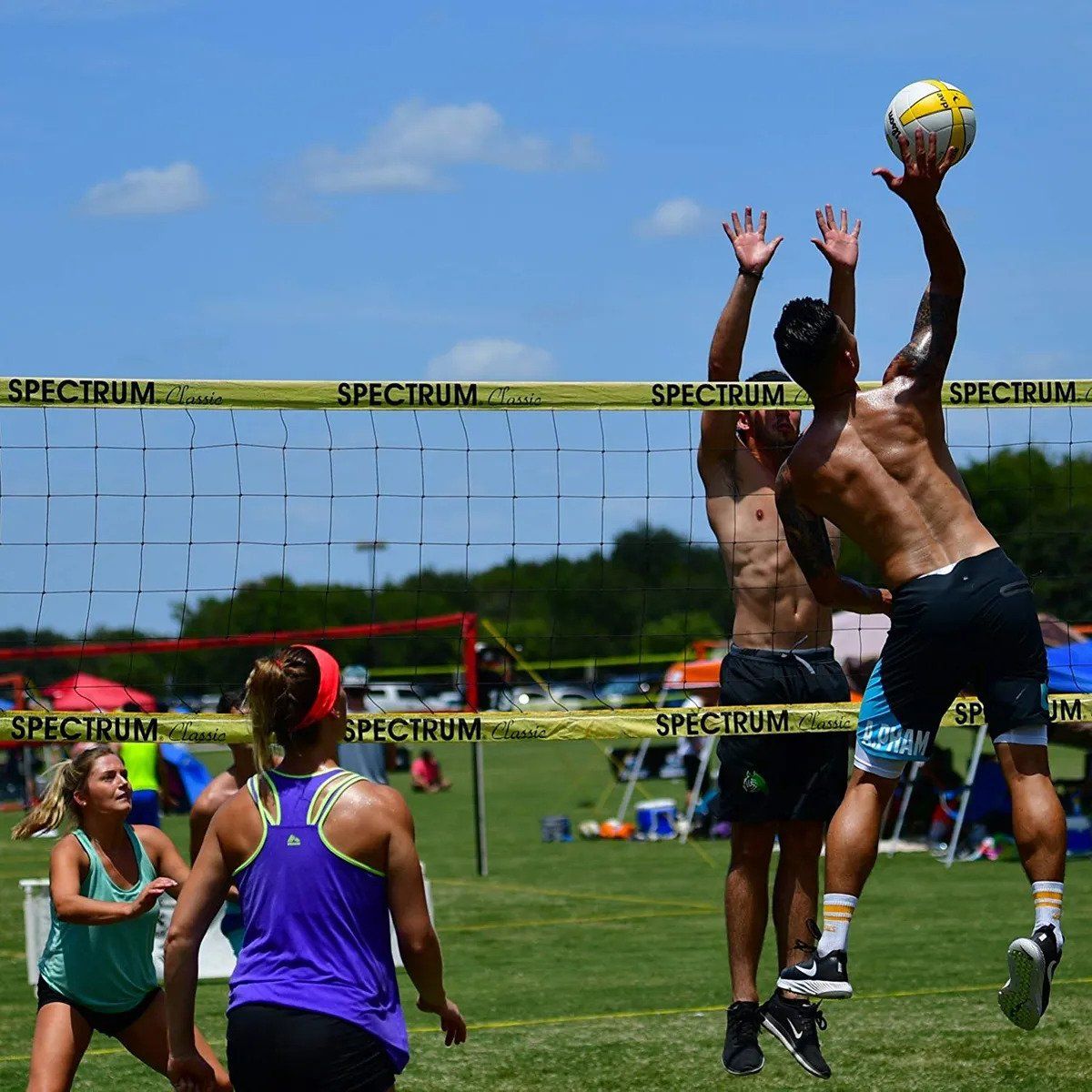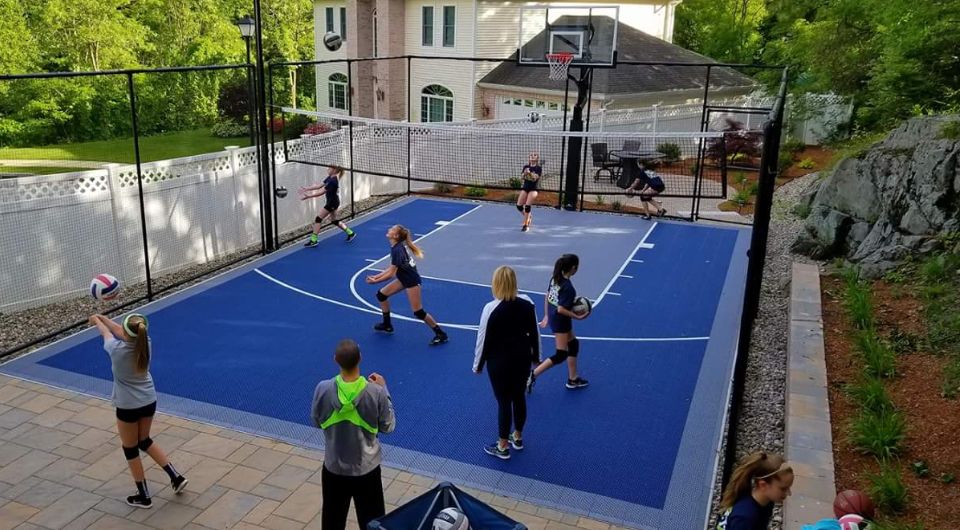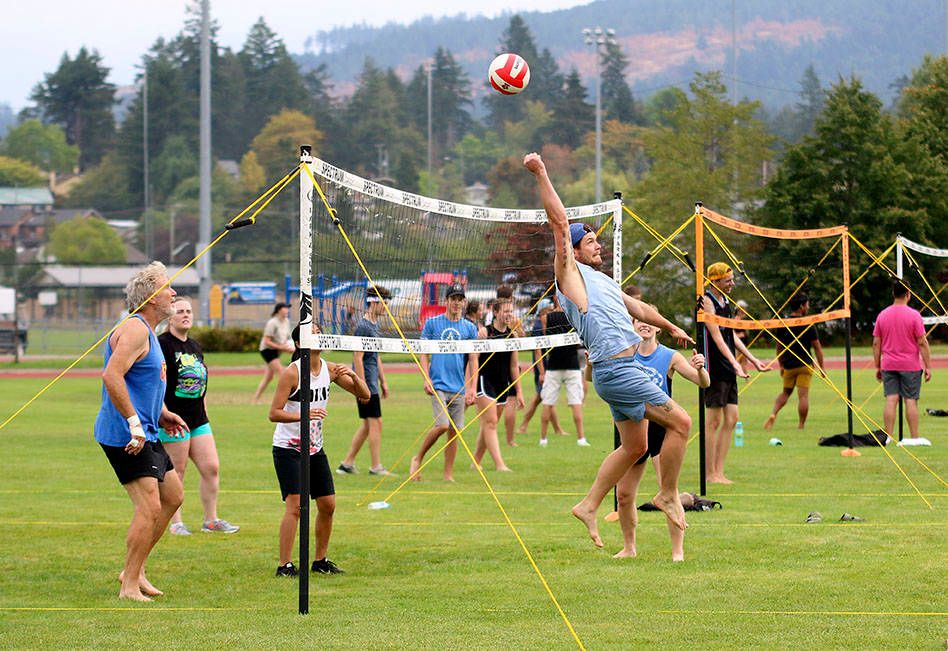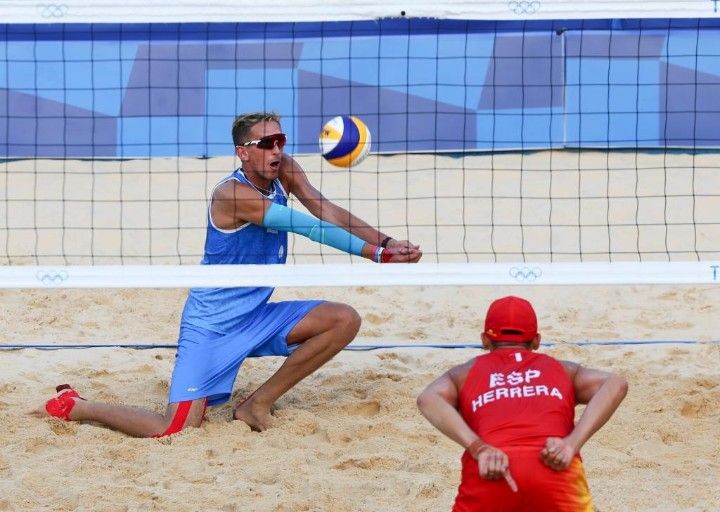The Olympics is the most prestigious sports event worldwide, and volleyball is one of its most popular sports. If you’re a volleyball fan, you’re probably eagerly looking forward to the summer Olympics to watch the world’s top volleyball players compete against each other. But have you heard about the newest addition to the volleyball competition at the Olympics? Olympic Volleyball Beach has been a part of the summer games since 1996, and it has been gaining in popularity ever since.
If you’re new to Olympic Volleyball Beach, you might have some questions about this exciting sport. How is it different from indoor volleyball? Who are the top players to watch? What makes Olympic Volleyball Beach unique? This comprehensive guide will give you all the answers you need about this beach sport.
The Basics of Olympic Volleyball Beach
Olympic Volleyball Beach is a variation of volleyball played on sand courts with two players on each team. Each team is allowed three touches to get the ball over the net and the game is played to 21 points (an advancement of 15 points during its inception) with a two-point advantage required to win the set. In the Olympics, men and women compete separately in this event.
The Differences between Indoor Volleyball and Olympic Volleyball Beach
Indoor volleyball and Olympic Volleyball Beach may differ in a few ways. Besides the outdoor setting and the number of players on each side, the rallies may also be lengthier and include more dives and spectacular acrobatics. Beach volleyball is typically slower-paced due to playing on the sand, leading to more tactical and strategic gameplay.
Top Players and Teams to Watch
If you are a fan of Olympic Volleyball Beach or new to the sport, there are several players, both men and women, who you should keep an eye on. Kerri Walsh Jennings, Talita Antunes, Anders Mol, and Christian Sorum are some of the top Olympic Volleyball Beach athletes to look out for during the events.
Why Olympic Volleyball Beach is So Unique
Olympic Volleyball Beach is a unique sport and here’s why. It has a relaxed atmosphere due to the beach surroundings, which leads to a more entertaining game. Besides being a fun sport to watch, Olympic Volleyball Beach is all about teamwork, strategy, and skill. From the vibe to the gameplay, this sport is one of a kind.
Tips to Enjoy Olympic Volleyball Beach
Whether you’re watching Olympic Volleyball Beach at the Olympics or anywhere else, here are some tips to help you enjoy the game. Start by learning the rules of the game and the players to watch. You can also consider visiting beaches and attending local events where Olympic Volleyball Beach players compete. Additionally, you can schedule to watch Olympic Volleyball Beach with friends and family to make it a lively experience.
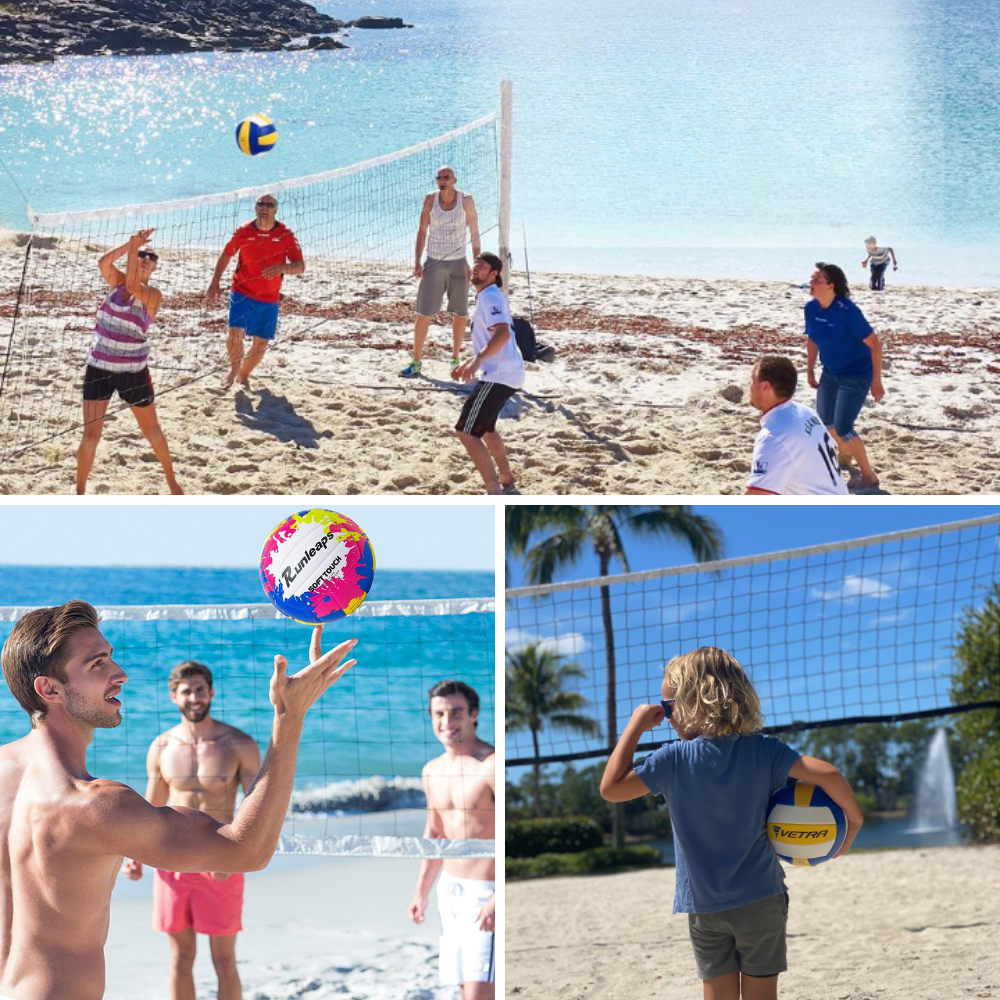
FAQs About Olympic Volleyball Beach
Where is the beach volleyball Olympics?
The beach volleyball Olympic Games are held every four years, alternating between the Summer and Winter Olympic Games. The most recent beach volleyball Olympic Games were held in Tokyo, Japan in 2020. The next beach volleyball Olympic Games will be held in Paris, France in 2024.
How many points is Olympic beach volleyball?
Olympic beach volleyball is played in sets to 21 points with a minimum two-point advantage. The first team to win two sets (out of three) wins the match. However, if the score reaches 20-20 in the third set, the game will continue until one team has a two-point advantage.
Is beach volleyball an Olympic sport?
Yes, beach volleyball has been an Olympic sport since the 1996 Summer Olympics in Atlanta. It has been a part of the Summer Olympic Games ever since and is one of the most popular and widely watched sports in the Olympics. Beach volleyball is an exciting and dynamic sport that requires skill, agility, and teamwork.
Why is beach volleyball an Olympic sport?
Beach volleyball has been an Olympic sport since the 1996 Summer Olympics in Atlanta. It is a popular sport with a large international fan base, and it is seen as a way to bring a new and exciting element to the Olympic Games. The fast-paced and dynamic nature of beach volleyball makes it an exciting sport to watch, and it also provides an opportunity for athletes from around the world to compete on a level playing field. Additionally, beach volleyball is seen as a way to promote the Olympic spirit of fair play and sportsmanship.
What do men wear in the beach volleyball Olympics?
Men typically wear a tank top and shorts when competing in beach volleyball at the Olympics. The shorts should be knee-length and the tank top should be sleeveless. Both pieces of clothing should be made from lightweight, breathable fabric to keep the players cool and comfortable. Additionally, players may also wear a hat, sunglasses, and sunscreen to protect themselves from the sun.
How many players are on an Olympic volleyball team?
An Olympic volleyball team consists of 12 players, with 6 players on the court at any given time. Teams typically have two liberos and two setters, with the other two players being hitters or attackers. Substitutions are allowed during the match, so teams typically have more than 12 players on their roster.
Where is beach volleyball most played?
Beach volleyball is most popularly played in coastal regions around the world. It is especially popular in the United States, Brazil, and Europe, as well as in many other countries. Beach volleyball has also become increasingly popular in Asia, with tournaments being held in China, Japan, and other countries. Beach volleyball is also a popular sport in the Caribbean and in Australia.
Olympic Volleyball Beach is a thrilling and unique sport that requires a combination of skill, teamwork, and tactics. It might be different from traditional indoor volleyball, but its exciting gameplay, beach settings, and star players make it an enjoyable experience to watch. Whether you’re a seasoned fan or new to the sport, this comprehensive guide provides all the information you need to appreciate Olympic Volleyball Beach and its thriving Olympic culture. So sit back, relax, and cheer on your favorite athletes while watching history in the making.
